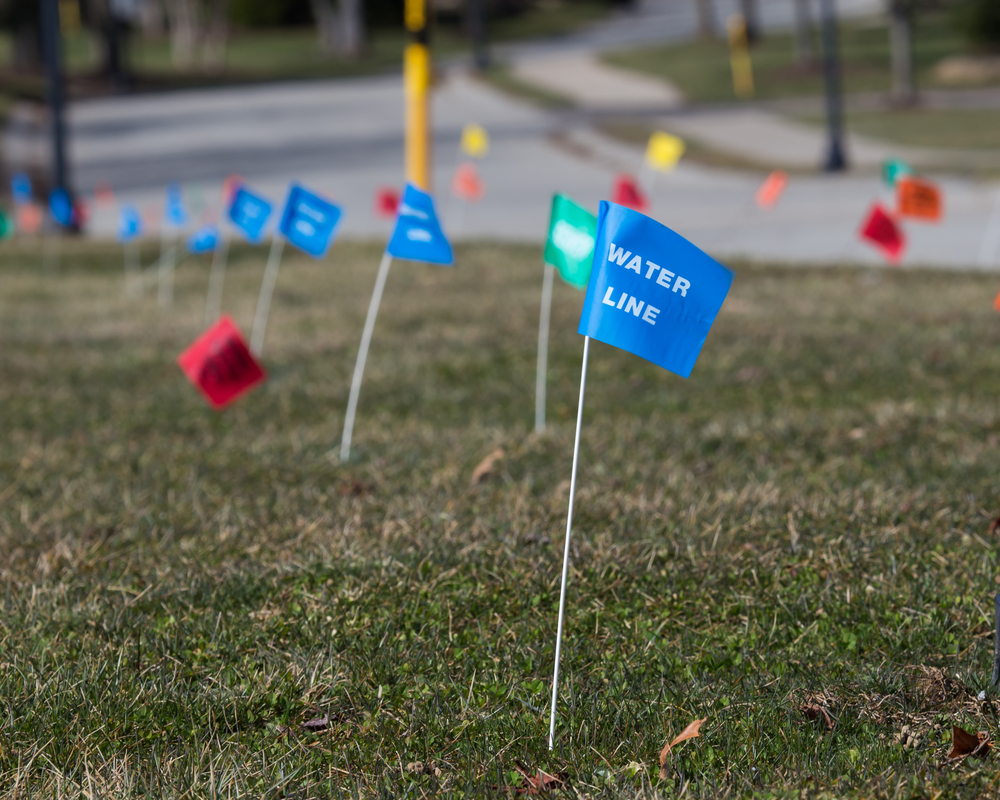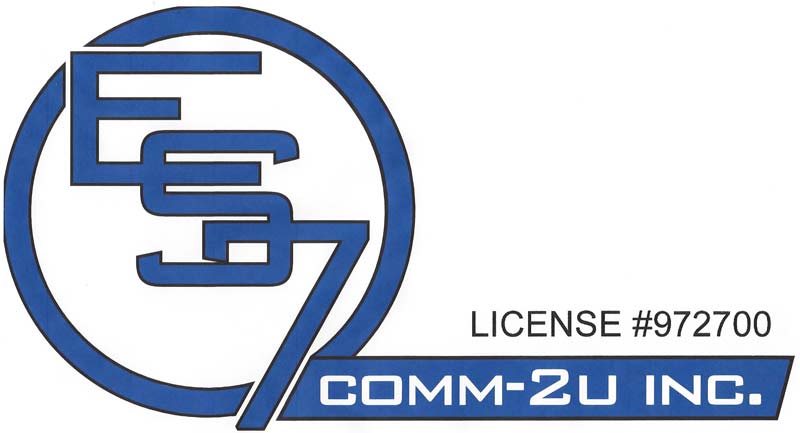
How Proper Utility Installation Protects Your Water Lines
July 10, 2025 2:24 pm Leave your thoughtsIn a world increasingly affected by climate change and water scarcity, communities like Roseville are paying closer attention to sustainable infrastructure. One often overlooked but critical component of this effort is proper utility installation. While the term might conjure images of complex citywide operations or expensive construction projects, its impact is profoundly local—right down to the pipes under your home or business. Proper utility installation is foundational to drought-proof utilities, effective water conservation, and year-round water line protection, especially during the scorching summer months. This article will explore how smart utility practices safeguard water lines, with a specific focus on the community of Roseville and the broader implications for water infrastructure everywhere.
The Role of Utility Installation in Infrastructure Health
Utility installation is more than just laying pipes underground. It encompasses the strategic design, placement, and safeguarding of essential services like water, gas, and electricity. When done properly, utility installation ensures that each component works efficiently and reliably, minimizing the risk of breakdowns and service disruptions.
For water lines specifically, professional utility installation involves selecting the right materials, laying pipes at the correct depths, avoiding interference with other infrastructure, and ensuring compliance with local and environmental regulations. In cities like Roseville, where water conservation is not just a trend but a necessity, these considerations are vital.
Roseville’s emphasis on drought-proof utilities means that every step of the utility installation process must be optimized for long-term sustainability. Improperly installed water lines can lead to leaks, contamination, and costly repairs, undermining even the most well-intentioned water conservation efforts. In contrast, correctly installed utilities promote consistent water pressure, reduce maintenance costs, and extend the lifespan of the system.
Drought-Proofing Starts Underground
The concept of drought-proof utilities centers on creating infrastructure that can withstand long periods of dry conditions without degrading in performance. For Roseville, located in drought-prone California, this is not just ideal—it’s essential. Proper utility installation plays a pivotal role in this by ensuring that water lines are secure, sealed, and resilient.
Many drought-proof strategies begin with the type of piping used. High-density polyethylene (HDPE) pipes, for instance, offer superior resistance to cracking and root intrusion, two common issues that can plague water lines during dry spells. Additionally, proper backfilling techniques during installation help prevent soil shifting, which can dislodge or break pipes as the ground contracts in heat.
Another crucial element is placement. Pipes that are buried too shallowly are vulnerable to temperature fluctuations, which can cause expansion and contraction leading to cracks. By adhering to proper depth standards and insulating materials, utility crews in Roseville help shield water lines from extreme summer conditions, enhancing their ability to function reliably year-round.
Water Conservation and System Integrity
Effective utility installation directly supports water conservation by eliminating sources of water loss. In older or poorly installed systems, leaks may go unnoticed for years, wasting thousands of gallons of water and increasing demand on already strained resources. Leak detection and prevention are thus cornerstones of a well-installed utility system.
In Roseville, where local ordinances and conservation programs encourage residents to monitor their water use, the city’s efforts are backed by utility installations that are designed to reduce waste from the outset. Smart sensors and pressure regulators are increasingly being incorporated into new utility installations, providing real-time data and automatic shut-offs in the event of a leak. These advancements allow both homeowners and city services to act quickly, minimizing water loss and protecting the broader supply network.
Moreover, proper utility installation ensures that repairs and upgrades can be carried out with minimal disruption. Accessible shut-off valves, accurate utility mapping, and modular pipe systems mean that maintenance can be targeted and efficient, reducing the amount of water that needs to be drained or rerouted during work. This not only conserves water but also reduces the operational cost of maintaining the infrastructure over time.
Preparing for Summer: Pipe Protection Strategies
Summer is a challenging season for water infrastructure. High temperatures and increased water usage—whether from watering lawns, filling pools, or staying hydrated—place extra strain on water lines. In Roseville, summer pipe protection is a priority, and utility installation practices are tailored accordingly.
One key strategy involves thermal insulation. Just like insulating your home helps keep it cool, insulating water lines keeps them stable under the summer sun. Foam wrap, reflective barriers, and earth berms are all methods used during installation to prevent overheating and consequent pressure buildup inside pipes.
Additionally, ensuring proper grading and drainage around utility lines helps manage water flow and prevent pooling, which can weaken soil structure and cause pipes to shift or burst. These kinds of preemptive measures are much easier and more cost-effective to implement during the initial installation phase than during later retrofits or emergency repairs.
Proper utility installation also includes long-term planning. Roseville’s utility teams factor in projected population growth, climate models, and changes in water demand when designing new systems. By anticipating the future, they can ensure that today’s installations will continue to protect and serve the community for decades to come.
Roseville’s Model: A Blueprint for Smart Utility Management
As a forward-thinking community, Roseville offers a compelling example of how cities can prioritize water conservation through infrastructure. The city has invested in drought-proof utilities by promoting updated installation standards, incentivizing water-wise technologies, and educating the public about the importance of maintaining water lines.
The success of these programs lies in collaboration between government agencies, contractors, and residents. Every utility installation project—from small-scale home improvements to major municipal upgrades—follows strict protocols aimed at minimizing environmental impact and maximizing system efficiency.
For instance, Roseville mandates certain inspections and material requirements that go beyond basic state regulations. These standards ensure that every new water line installation meets the city’s goals for sustainability and resilience. Furthermore, residents are encouraged to engage with utility planners before undertaking any landscaping or construction work to avoid damaging underground pipes.
As a result, Roseville has become a benchmark for other cities seeking to modernize their utility infrastructure. By demonstrating how proper installation translates into real-world benefits like fewer leaks, lower repair costs, and better water conservation, Roseville proves that the groundwork for a sustainable future starts literally beneath our feet.
Conclusion
The value of proper utility installation extends far beyond the initial act of laying down pipes. It is a comprehensive approach to safeguarding water lines, enabling drought-proof utilities, and promoting water conservation in a time when every drop counts. In cities like Roseville, where climate pressures and population growth challenge traditional infrastructure, thoughtful installation practices are not just practical—they’re vital.
From selecting durable materials and ensuring precise placement to incorporating modern technology and planning for the long term, every aspect of utility installation has a role to play in system performance and sustainability. As we continue to face uncertain environmental conditions, investing in proper utility installation isn’t just a matter of maintenance—it’s a commitment to protecting our communities and resources for generations to come.
Whether you’re a homeowner looking to make informed decisions about your property or a city planner aiming to improve infrastructure resilience, the lesson is clear: when it comes to protecting water lines, it all starts with a strong foundation—and that begins with smart, sustainable, and forward-thinking utility installation.
Need an Underground Utility Contractor in Roseville, CA?
Locally owned and operated since 2000, we strive to provide fast, friendly, and efficient service to the residents of Roseville and its surrounding areas. Using an open trench method for installation, we work with communication and utility companies to get electric, water, and gas services up and running in your home or business as quickly and carefully as possible. Es7 Comm-2 U, Inc is proud to carry an ‘A+’ rating with the Better Business Bureau as a fully licensed general contractor. Call us today to ensure that your next installation project is handled with the care and professionalism that it deserves.
Categorised in: Utility Services
This post was written by admin
